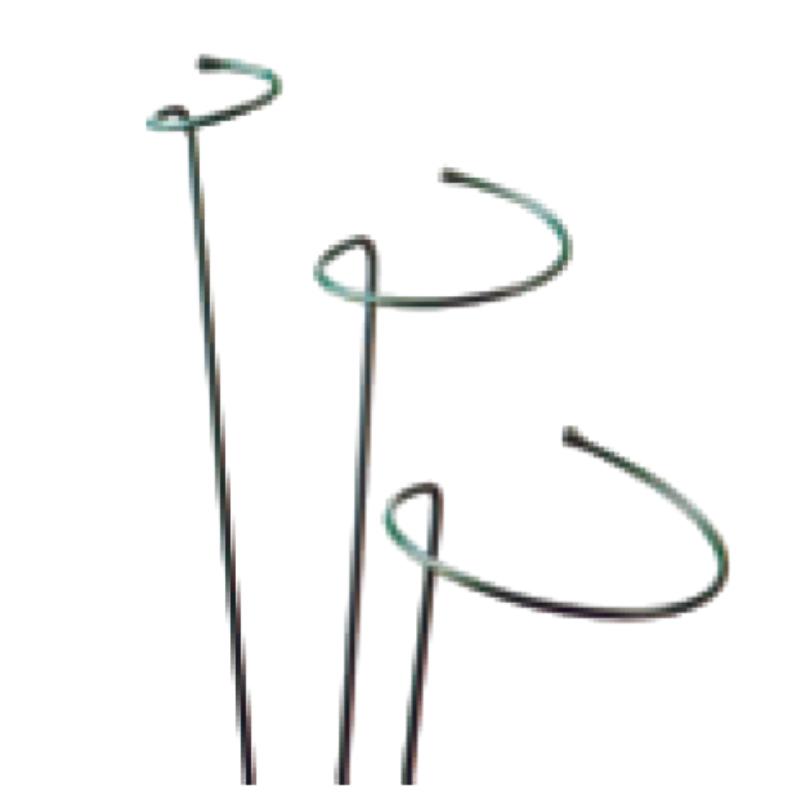-
Imeeli:zhao@hyliec.cn
-
Tẹli:+86 311 85273988
-
Whatsapp:8613931128750
-
 Afirika
Afirika -
 Ede Albania
Ede Albania -
 Amharic
Amharic -
 Larubawa
Larubawa -
 Ara Armenia
Ara Armenia -
 Azerbaijan
Azerbaijan -
 Basque
Basque -
 Belarusian
Belarusian -
 Ede Bengali
Ede Bengali -
 Ede Bosnia
Ede Bosnia -
 Bulgarian
Bulgarian -
 Catalan
Catalan -
 Cebuano
Cebuano -
 Corsican
Corsican -
 Ede Croatian
Ede Croatian -
 Czech
Czech -
 Danish
Danish -
 Dutch
Dutch -
 English
English -
 Esperanto
Esperanto -
 Estonia
Estonia -
 Finnish
Finnish -
 Faranse
Faranse -
 Frisia
Frisia -
 Galician
Galician -
 Georgian
Georgian -
 Jẹmánì
Jẹmánì -
 Giriki
Giriki -
 Gujarati
Gujarati -
 Haitian Creole
Haitian Creole -
 hausa
hausa -
 ara ilu Hawaiani
ara ilu Hawaiani -
 Heberu
Heberu -
 Bẹẹkọ
Bẹẹkọ -
 Miao
Miao -
 Ede Hungarian
Ede Hungarian -
 Icelandic
Icelandic -
 igbo
igbo -
 Ede Indonesian
Ede Indonesian -
 Irish
Irish -
 Itali
Itali -
 Japanese
Japanese -
 Javanese
Javanese -
 Kannada
Kannada -
 Kasakh
Kasakh -
 Khmer
Khmer -
 Ede Rwandan
Ede Rwandan -
 Korean
Korean -
 Kurdish
Kurdish -
 Kirgisi
Kirgisi -
 TB
TB -
 Latin
Latin -
 Latvia
Latvia -
 Lithuania
Lithuania -
 Luxembourgish
Luxembourgish -
 Macedonian
Macedonian -
 Malgashi
Malgashi -
 Malay
Malay -
 Malayalam
Malayalam -
 Èdè Malta
Èdè Malta -
 Maori
Maori -
 Marathi
Marathi -
 Mongolian
Mongolian -
 Mianma
Mianma -
 Nepali
Nepali -
 Norwegian
Norwegian -
 Norwegian
Norwegian -
 Occitan
Occitan -
 Pashto
Pashto -
 Persian
Persian -
 Polish
Polish -
 Portuguese
Portuguese -
 Punjabi
Punjabi -
 Romanian
Romanian -
 Russian
Russian -
 Samoan
Samoan -
 Scotland Gaelic
Scotland Gaelic -
 Ede Serbia
Ede Serbia -
 English
English -
 Shona
Shona -
 Sindhi
Sindhi -
 Sinhala
Sinhala -
 Slovakia
Slovakia -
 Slovenia
Slovenia -
 Somali
Somali -
 Ede Sipeeni
Ede Sipeeni -
 Ede Sundan
Ede Sundan -
 Swahili
Swahili -
 Swedish
Swedish -
 Tagalog
Tagalog -
 Tajik
Tajik -
 Tamil
Tamil -
 Tatar
Tatar -
 Telugu
Telugu -
 Thai
Thai -
 Tọki
Tọki -
 Turkmen
Turkmen -
 Ukrainian
Ukrainian -
 Urdu
Urdu -
 Uighur
Uighur -
 Uzbekisi
Uzbekisi -
 Vietnamese
Vietnamese -
 Welsh
Welsh -
 Egba Mi O
Egba Mi O -
 Yiddish
Yiddish -
 Yoruba
Yoruba -
 Zulu
Zulu
Metal Plant Supports
What Is The Support Structure Of A Plant?
The support structure of a plant refers to the system of tissues and organs that provide stability and enable the plant to maintain an upright position. This support structure includes several key components:
1. Cell walls: The rigid cell walls of plant cells provide structural support, especially in non-woody plants. The cell walls help maintain the shape and rigidity of the plant's cells, contributing to its overall structure.
2. Stems: Stems play a crucial role in supporting the plant and providing a framework for the attachment of leaves, flowers, and reproductive structures. The stems also facilitate the transport of water, nutrients, and sugars throughout the plant.
3. Roots: The root system anchors the plant in the soil, providing stability and support. Additionally, roots absorb water and nutrients from the soil, contributing to the overall health and growth of the plant.
4. Vascular tissues: Xylem and phloem are specialized tissues that form the plant's vascular system. Xylem transports water and minerals from the roots to the rest of the plant, while phloem transports sugars and other organic compounds to various parts of the plant.
5. Specialized structures: Some plants have specialized support structures, such as tendrils, thorns, or aerial roots, which aid in climbing, attachment, or additional support.
The combination of these structural elements allows plants to maintain their shape, withstand environmental forces, and support essential physiological processes.
Iron Plant Supports Faq
What are the benefits of using iron plant supports?
Iron plant supports offer durability and strength, making them suitable for providing robust support for heavy or sprawling plants. They can withstand the weight of mature plants and help maintain their shape and structure.
What types of plants are best supported by iron plant supports?
Iron plant supports are well-suited for providing support to a wide range of plants, including peonies, roses, delphiniums, and other tall or heavy-flowering perennials. They can also be used for supporting climbing plants such as clematis or sweet peas.
How should iron plant supports be installed?
Iron plant supports should be installed firmly in the ground to ensure stability. When supporting individual plants, place the support structure around the plant early in the growing season, allowing the plant to grow into and around the support naturally.
Are there different styles and designs of iron plant supports available?
Yes, iron plant supports come in various styles and designs, including hoop supports, grid supports, and individual stakes. These different designs cater to the specific needs of different types of plants and can provide effective support while enhancing the visual appeal of the garden.
How can iron plant supports be maintained?
To maintain iron plant supports, periodically inspect them for signs of rust or corrosion, especially if they are exposed to the elements. If rust is present, it can be removed using a wire brush, and the supports can be treated with a rust-resistant coating or paint to prolong their lifespan.






